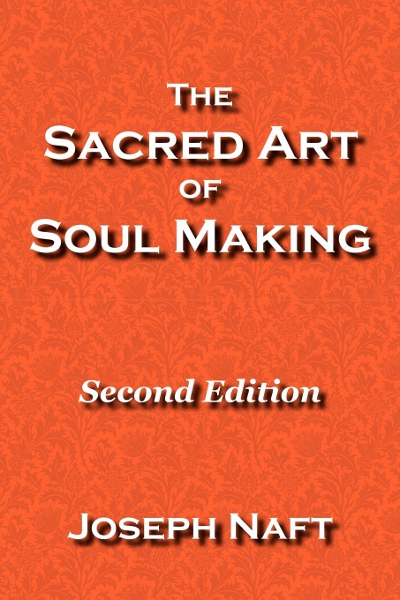|
|
Inner
Frontier Fourth Way Spiritual Practice |
|
Inner Work For the Week of December 13, 2021
Work in the Quiet(Fourth Way Practice: 5) Reading, talking, and thinking about spirituality and spiritual practice can be crucial supports for our path, helping us see the possibilities, see where we are, where we are going, how to get there, how to recognize the milestones and the next steps, and encouraging us along the way. But just as a map is no substitute for actual travel, spiritual concepts are no substitute for actual practice and the first-hand experience it brings. And among all the modes of spiritual practice, work in the quiet ranks at or near the top in efficacy, in its potential to help us take those steps toward transformation. For work in the quiet, we are typically seated, not moving, and fully engaged with inward action of one kind or another. Not only are we quiet externally, we also seek quiet inwardly. We seek to go beyond the incessant clamor of our discursive thoughts and reactive emotions, to work inwardly in a non-verbal manner. We can broadly distinguish between two classes of work in the quiet: meditation and inner exercises. We define meditation as working with the receptive mode of will: opening, allowing, effortless being. Inner exercises work with the active will to shape our inner experience through focused attention, body, mind, and emotion awareness, sensory awareness, intentional relaxation, accumulating and blending those energies that we can act on, visualization, eliciting particular emotions, second body awareness, and so on. In practice, though, there is no hard boundary between active and receptive forms of inner work. Both meditation and inner exercises require a blend of active and receptive will. But generally, meditation lies near the receptive end and inner exercises near the active end. The blend allows for a third force, an enabling, reconciling mode of will that makes a practice effective. As with so much in life, balance matters for work in the quiet. Within the active inner work, we need balance among the three centers of body, heart, and mind, balance among the different levels of energies and among the worlds they characterize. We also need balance between the active and receptive modes of inner work in the quiet. None of these balances call for the simplistic approach of equal parts or equal time. We use our intuition and intelligence to see the imbalances and how to redress them. This changes for each of us with time and situation, with changing capabilities, needs, and limitations. It requires ongoing vigilance and experimentation, as well as an ongoing refinement of our perceptions. Where does prayer fit in? Because silent prayer has so many modes, it constitutes an entire class of work in the quiet. Some forms of prayer, such as petitionary, liturgical, gratitude, and praise, may be outwardly quiet while inwardly engaging words to shape our experience beyond words, to orient our attitudes and emotions, to adopt an inner posture of prayer. In this we aim beyond ourselves toward the sacred, where words cannot reach. Here we move into contemplative prayer, the unspoken, unacted action, silently standing before the Unfathomable One, touched by the Great Heart of the World. Work in the quiet prepares us for work in life. It teaches us the elements of presence and kindness. It enables us to be present and kind. It shows us the possibility of living in the inner quiet. It shows us a reality we did not know, a reality we can find in any moment, a reality filled with compassion and joy. For this week, please reinvigorate your own work in the quiet. |
|
|
About Inner Frontier Send us email Copyright © 2001-2024 Joseph Naft. All rights reserved. |








